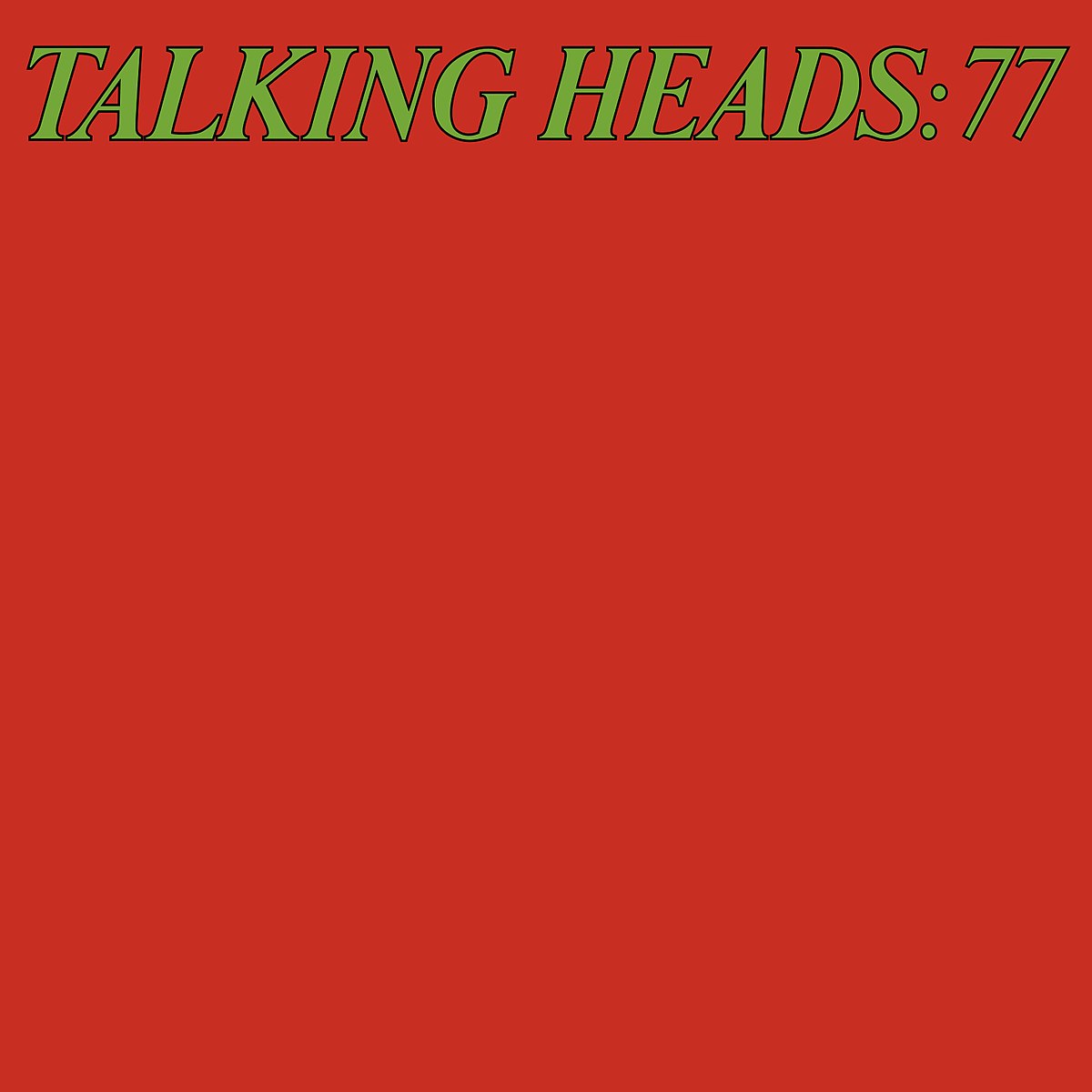Watch Talking Heads' Charged Up “Psycho Killer” Live Performance
We take a look at the unique guitars behind the new wave pioneers’ distinctive tones.

Featuring on Talking Heads’ debut album – Talking Heads: 77 – and released as a single in late 1977, “Psycho Killer” was a breakthrough for the New York art rockers.
A couple of months after the single’s release, guitarist/vocalist David Byrne, guitarist/keys player Jerry Harrison, bassist Tina Weymouth, and drummer Chris Frantz were across the pond in a U.K. studio filming a rendition of the timeless track for the BBC’s live music show The Old Grey Whistle Test.
In this classic clip the band’s raw, angular guitar lines evoke an off-kilter feel that reflects the uneasy state of mind of the song's bugged out protagonist.
But what exactly are those unusual electric guitars they're using? Qu'est-ce que c'est?

David Byrne’s chime-y clean tone comes courtesy of a lesser-spotted Gibson ES-335-12. A twist on the perennially popular ES-335, the 335-12 made its debut in 1965 at the zenith of the electric 12-string guitar craze.
By the early ‘70s, the ES-335-12 was no longer in production due to lack of demand – much like Fender’s equivalent model, the Electric XII (also released in ’65).
As its name suggests the ES-335-12 is based on its 6-string progenitor released earlier in ’58. Aside from double string courses and modified hardware they can be easily identified by their two-piece ‘split diamond’ headstock inlays.
All the latest guitar news, interviews, lessons, reviews, deals and more, direct to your inbox!

Tina Weymouth’s taught, driving bassline sets an air of tension that complements the song’s lyrics perfectly. Her short 30-inch scale Fender Mustang Bass sports the cool ‘Competition’ finish racing stripes introduced in the late ‘60s and has been modified to include a neck pickup in addition to the original split pickup.
Although the Mustang Bass was introduced as a budget/student model in order to compliment Fender’s highly popular Mustang guitars the model was sometimes preferred by pro players, including the Rolling Stones’ Bill Wyman who also used a Competition finish model.

Jerry Harrison’s Fender Telecaster has been modded in a similar fashion, in this case with the addition of a humbucker in the neck position along with extra switches mounted to the scratchplate. The same guitar has also been spotted fitted with a single coil pickup in the neck.
A popular pickup mod for Telecasters since the ‘60s, Fender eventually released version two of the Telecaster Custom in 1972 featuring a Wide Range ‘bucker in the front/neck position in tandem with a regular Tele bridge single coil.
Buy Talking Heads: 77 here.

Rod Brakes is a music journalist with an expertise in guitars. Having spent many years at the coalface as a guitar dealer and tech, Rod's more recent work as a writer covering artists, industry pros and gear includes contributions for leading publications and websites such as Guitarist, Total Guitar, Guitar World, Guitar Player and MusicRadar in addition to specialist music books, blogs and social media. He is also a lifelong musician.

